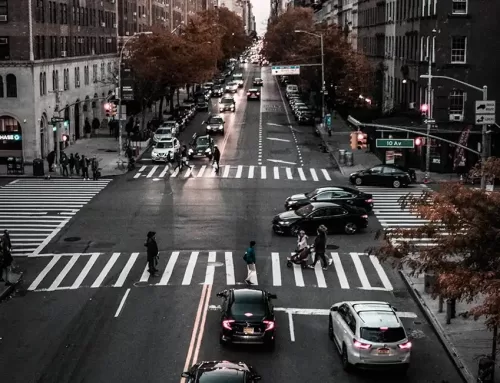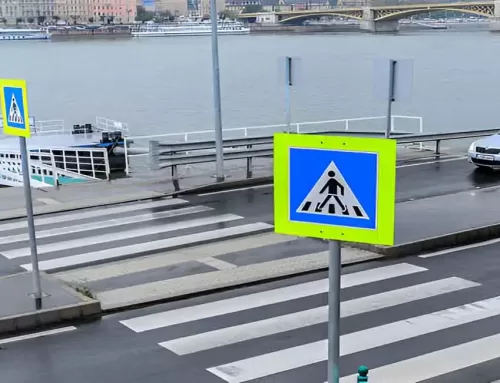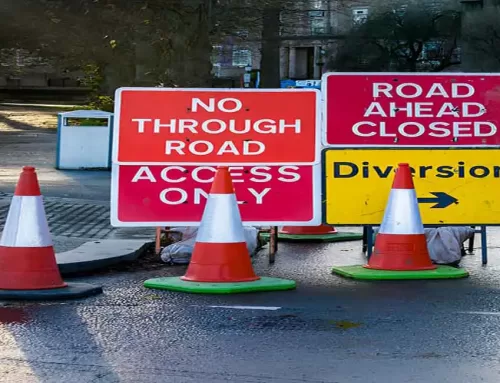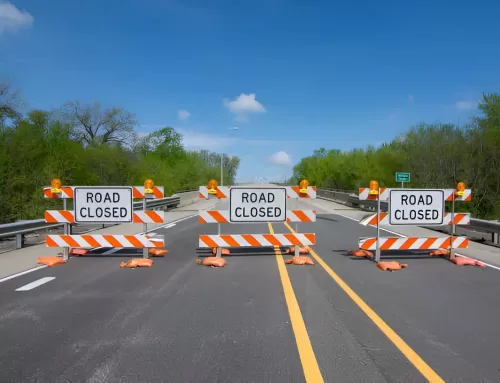The Importance of Reflective Materials on Traffic Barricades
When you are planning to install a traffic barrier, you want to make sure that you are using the right kind of reflective materials. For example, you may want to look into using high-intensity reflective tape. You can also consider using absorbtive sound reflective materials.
Engineering grade
Engineer Grade reflective materials on traffic barriers are often the most cost effective and durable retroreflective for certain types of signs. They are designed to be easy to apply to a variety of road signage substrates, such as wood boards or specialty plastic sheets. It’s also relatively easy to cut them to the desired length.
A stand-up paddle sign is a savvy design for police officers, construction workers, and school crossing guards. This type of sign is designed to be tall enough to be seen from a distance, and can be easily displayed in the rain. These signs are also suitable for use on lit roads, as they can be seen both in the day and at night.
For those looking for something with a higher degree of reflectivity, High-Intensity Prismatic (HIP) sheeting is the way to go. HIP is a non-metallized micro prismatic lens reflective sheeting, and it has a number of impressive qualities. One is its longevity. Generally, HIP lasts for a decade or more, as opposed to engineering grade which has a five-year life expectancy.
High-intensity reflective sheeting
High-intensity reflective sheeting on traffic barriers is an effective way to increase visibility in low-light conditions. In addition, this sheeting provides drivers with enough time to slow down or avoid a potential safety hazard.
Traffic barriers are typically made with two different types of reflective sheeting. High-intensity and retroreflective. While both are commonly used in traffic signs and barricades, the types differ in performance. The most basic type is Engineer Grade (EG) sheeting. This grade offers good daytime visibility, but it lacks the durability and retroreflectivity of high-intensity sheeting.
Another type is High Intensity Prismatic (HI) sheeting. This is a non-metallized micro prismatic lens reflective sheeting. It is highly reflective and can be visible up to 1000 feet. Also, it has a high durability top coat. HI meets the ASTM D4956-09 Type III standards.
Other common types of reflective sheeting are Diamond Grade and Engineer Grade. These types are commonly used for delineators, traffic cone collars, and temporary roll-up warning signs.
High-intensity reflective tape
High-intensity reflective tape on traffic barriers can be used to reflect light and warn drivers of a danger on the road. It can be used to mark highway traffic signs, barricades and other roadway obstructions. The material can also be used for conspicuity marking, such as when a product falls off a truck.
If you are looking for a durable, high-intensity reflective tape for marking and marking applications, Tape Jungle has a wide range of high-intensity reflective tapes. These tapes are suitable for several industries and are coated with a high-tech permanent adhesive. They are resistant to warping, impact damage and temperature changes.
A variety of reflective products is available for marking applications, including white, yellow and orange. These types of tapes are available in different grades, such as Engineer Grade and Hi Intensity.
Hi Intensity is the next step up in reflectivity. These high-intensity reflective tapes have an all-weather outdoor rating of up to 10 years. This makes it perfect for motorcycles, construction equipment and other vehicles.
Absorbtive sound reflective materials
Absorbtive sound reflective materials on traffic barriers are designed to absorb and reflect sound waves. The main purpose of these materials is to minimize the effects of noise pollution. There are two major families of sound absorbers. One family consists of porous materials that absorb the energy of sound. Another family consists of materials that reflect sound.
In general, absorptive sound reflective materials on traffic barriers work by converting part of striking sounds into heat. A barrier that is made of such material can be more effective than a reflective one.
In order to evaluate the absorbing characteristics of different types of absorptive materials, a number of experiments were conducted. Planed waves were generated in a tube and the effect of the absorbing materials was investigated using scanning electron microscopy (SEM) and a digital frequency analysis system.
These studies have shown that there is a difference in the reflection indices of a similar barrier based on its dimensions, frequency, and the width of the temporal window. Furthermore, the study showed that leakage under the barrier can also influence the reflection indices.





